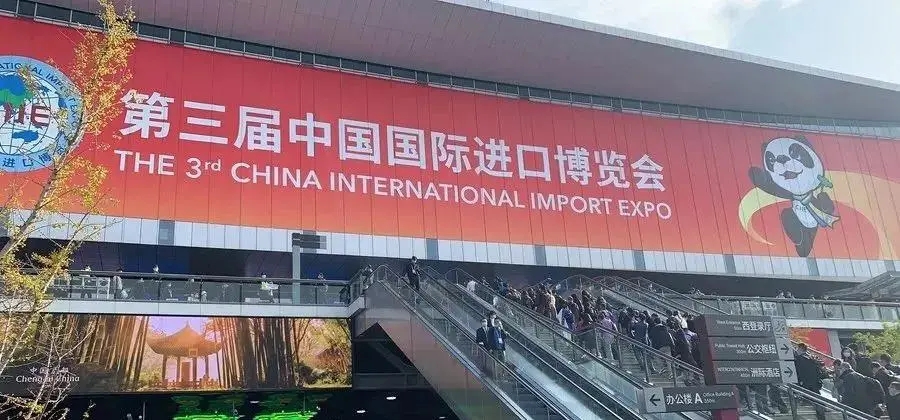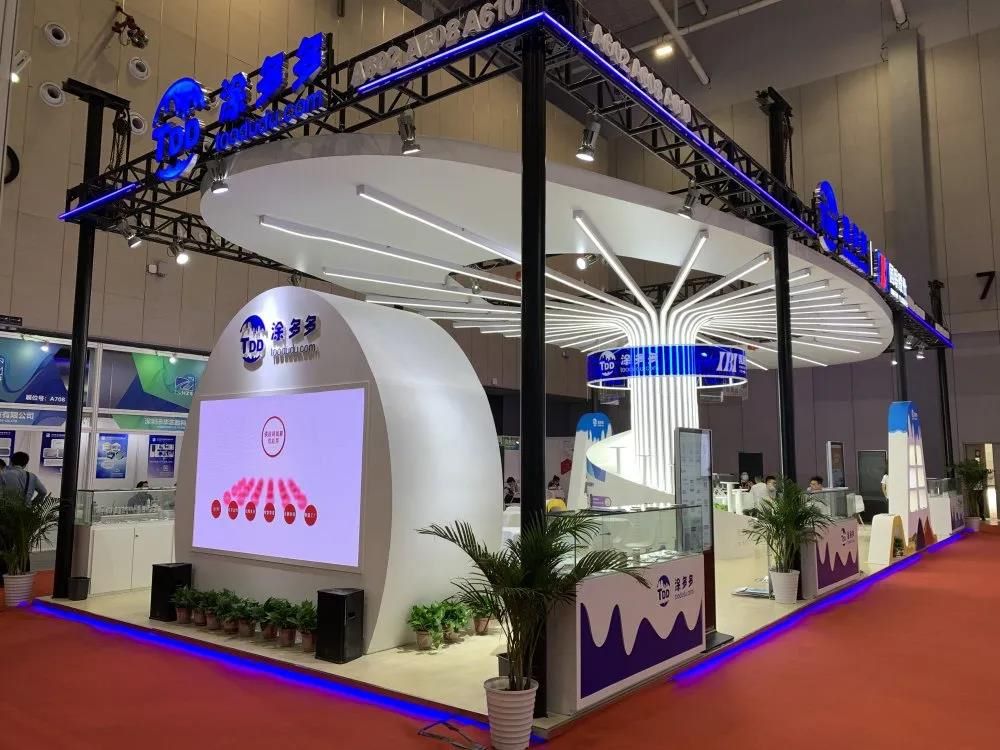Recent tire raw material price trends
Tires are made of natural rubber, synthetic rubber, carbon black, steel and a variety of chemical raw materials. Natural rubber accounts for 28%, synthetic rubber accounts for 26%, and steel accounts for 9%. These three raw materials account for a total of 63%.
Chemical raw materials account for 14%, including carbon black. Therefore, the cost of tire raw materials is the primary factor affecting the cost of tire manufacturing. Rubber price drops
On June 11, 2025, the price of main rubber was 13,860 yuan per ton. The price of more than 13,000 yuan is indeed not high in the rubber market. Compared with the price of nearly 19,000 yuan per ton at the beginning of the year, it has fallen by more than 5,000 yuan per ton. The price of main rubber also directly affects the price of synthetic rubber.
Carbon black price drops
In addition to natural rubber, the carbon black market is also experiencing the "darkest moment". As an important additive for tire enhancement and wear resistance, the continuous decline in carbon black prices has also brought great pressure to the tire industry.
Since March, the price of carbon black has continued to fall, with a cumulative decline of more than 9,000 yuan/ton. On May 28, the price of carbon black was 7486 yuan/ton, down 17.37% from the beginning of the year.
The decline in carbon black prices is closely related to factors such as the decline in upstream raw material prices, overcapacity in the industry, and environmental protection policies.
With the decline in the price of coal tar, the main raw material for carbon black production, the production cost of carbon black has declined, directly leading to a drop in prices. At the same time, many carbon black companies continue to expand their production capacity, and the market supply of carbon black far exceeds actual demand. In order to compete for limited orders, companies have to attract customers by lowering prices.
Although the continued tightening of environmental protection policies has eliminated some backward production capacity, it has not changed the overall oversupply situation in the carbon black market, and prices are still hovering at a low level.
In 2025, under the expectation of many dealers, the tire industry "exploded a big upset"!
Data shows that after March 2025, the inventory turnover days of passenger car tires and truck tires will reach more than 42 days. It takes one and a half months for a tire to arrive and ship in a dealer's warehouse. If turnover efficiency remains at this level, dealers' shipments in 2025 will be 30% lower than last year. Slower inventory turnover means more difficult capital turnover.
If dealers' tire inventory turnover days reach more than 42 days, tire factories' inventory turnover days may be longer.
Comparable data show that the average inventory turnover days of tire companies in 2024 have exceeded 90 days, and the inventory turnover days of many tire companies have exceeded 100 days. In 2025, the number of days required for tire factories to sell a tire to dealers will only be higher.
Of course, this is only the inventory turnover rate of the head tire companies. The situation of small and medium-sized tire factories with truck tires as the main product matrix will only be worse. And this will only increase their risk of collection-if the inventory of tire companies exceeds 180 days, then the tire companies are really in danger.
Tire dealers' profits are under pressure
As an intermediate channel for tires, tire wholesalers have an important task. Tire wholesalers must retain profits. However, dealers enter and exit quickly.
Although the profit of a single tire is low, the transaction volume is large, and dealers can get rebates from manufacturers after completing the task. From this point of view, dealers can't make much money from the entire tire price.
Before the tires are sold to the end customers, they must pass through retailers. For tire shops, the profit of tires must not only support the cost of tire sales, but also the cost of tire shop services and stores. However, the price of tire services is not favorable now, and it is normal to buy tires and install them yourself, so the profit of retailers' tires is reflected in the price of tires.
After all, the wool comes from the sheep, but this is conducive to promoting the relationship between tire shops and car owners, after all, it is free on the surface.











